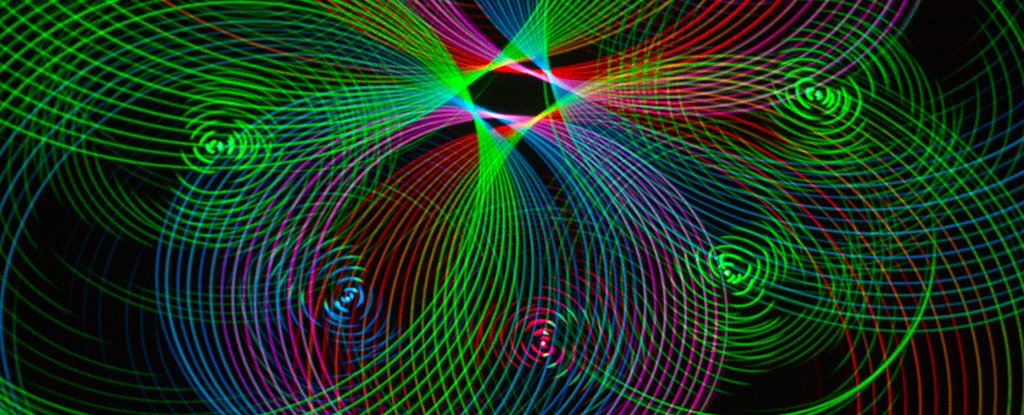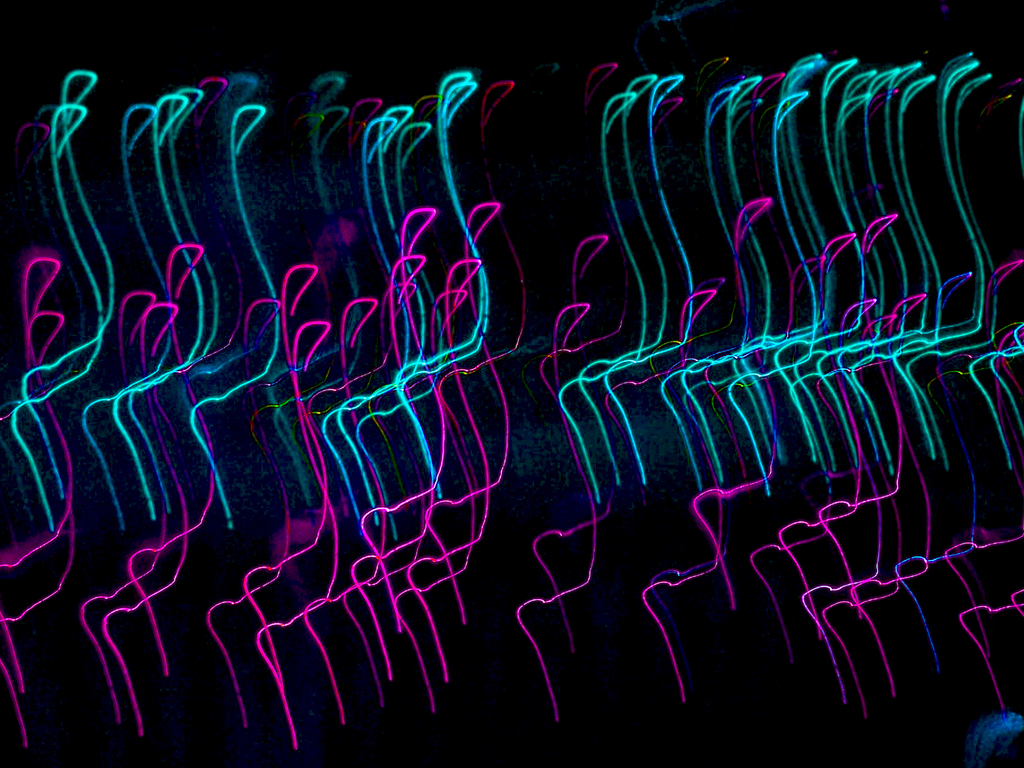
Instead the question that one would ask form this reasoning is : why would a string be the obvious fundamental microstructure to represent information? Why not a membrane? or a sphere? Apparently these questions is what the string community has been lead to eventually, not because of general arguments but beacuse the original idea didn't lead to a unique theory.Ī "democracy of observers" is the sound way I see most of the dualities in string theory. It is not specific to string theory at all. These intuitive argument is a general view though that makes use of an information state, beeing "excited" and "revised" in the light of new evidence. But clearly, if the anvironment changes the information state is generally not stable, and the information state (string modes for example) will destabilise and recover a new equilibrium.

In an environment where there is constant interactions, a stable information state (be it a state of motion or whatever) is a state where the ambient incoming information is consistent withe what is encoded.

To get away from the IMO silly analogy of a oscillating mechanical strings and the issue of friction etc, here is anothre way of seeing it. Then one could argue that there is no reason for someone to revise an opinon until it's faced with contradictory information. Then a "vibration" could be seen as just a state of oscillation, or "state of uncertainty" of the string has. There is a possibilty to cast into a more information abstraction, where you can see the "string" as an observer, and the microstructure of this (be it a string, brane or systems therof), then could represents a coded form of knowledge this object has about it's own environment. The way string theory could make sense to me, is not to actually think of this as a regular "mechanical string".

But to speak for myself, analysing these nice traits, one sees that they have really nothing to do with strings per see, and thus aren't specific to string theory. I can't speak for how a string theorists sees this but although I do not like the string program as it stands, it does have some plausible traits. What keeps the strings vibrating after all this time? If the strings got their initial vibration pattern via some distribution of energy, how would they keep this vibration pattern since the energy that was present around the string is now different? Shouldn't the vibration slow down at some point? Or shouldn't the vibrating pattern change with time or via collisions with other strings?


 0 kommentar(er)
0 kommentar(er)
